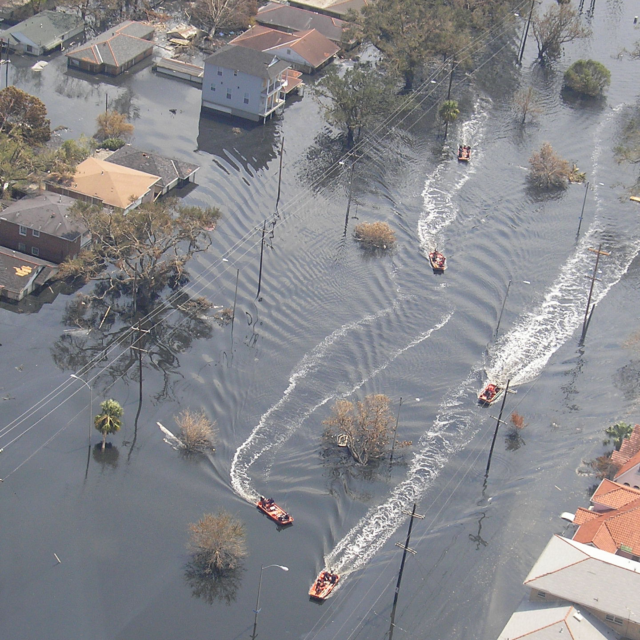Listen and subscribe to us on your favorite podcast platform:
“El Paso County has the largest GDP along the Texas Southern border…It also has the largest population…It ranks second in terms of overall trade, but it ranks first in terms of healthcare industry trade… So El Paso is a very important geographic location for the U.S.-Mexico border relationship.“
Mayra Maldonado, Executive Director of the Hunt Institute for Global Competitiveness
“It’s a beautiful culture that we have here and being binational means that we’re connected. And our region is in fact a model for how you conduct binational relations. We’ve grown our economies together. We have a history, a shared culture.“
Jon Barela, Chief Executive Officer of the Borderplex Alliance
Culture, finances and people have always moved with fluidity across boundaries within the binational, three-state metropolitan region known as The Borderplex. Together, Las Cruces, El Paso, and Ciudad Juarez are an economic powerhouse with a combined population of 2.7 million and the largest bilingual and binational workforce in the Western Hemisphere.
After the North American Free Trade Agreement was reached in 1994, Borderplex assets—including its urbanization and industrialization—exploded for decades. The United States-Mexico-Canada Agreement updated NAFTA commitments in 2018, realigning regional trade in a way that paid off as COVID-19 brought volatility to global commerce for years to come. With instabilities persisting today in the Middle East, Eastern Europe and Asia, the appeal of an international supply chain physically closer to U.S. markets has only grown.
Connected to the greater U.S. by Interstates 10 and 25, The Borderplex is a growing arterial for international trade and is further optimized by collaborative economic planning between leaders in all three of its cities. As a result of all of these and other factors, last year, Mexico surpassed China as the top importer to the U.S.— a position China had held since 2009.
The Hunt Institute for Global Competitiveness at the University of Texas at El Paso and The Borderplex Alliance are two prominent organizations supporting the assets and relationships that make The Borderplex so critical to the U.S. They each provide expert analysis and guidance to companies and individuals interested in engaging this regional binational economic hub.
In this episode, Jon Barela, CEO of the Borderplex Alliance, and Mayra Maldonado, executive director of the Hunt Institute, offer their perspectives on these exchanges and what it means to be a binational region within the current political climate.
Fact check of today’s interview:
In this interview, a guest refers to El Paso, Texas, as the second safest city in the US with a population of half a million or more. Although this distinction appears to have been given in 2017 and is not the city’s current ranking, El Paso consistently ranks as one of the safer cities in the US for its population size.
Relevant links and resources:
Episode two of the border series: “Climate-Induced Drought Tests U.S.-Mexico Water-Sharing”
“The Transformative Power of Reduced Wait Times at the US-Mexico Border” (joint report between the Hunt Institute, Atlantic Council and El Colegio de la Frontera Norte)
Hunt Institute’s overview of the Paso del Norte Region
Guest Speakers

Jon Barela is Chief Executive Officer of the Borderplex Alliance, the only privately funded economic development and policy organization representing two countries and three states. Prior to leading the Borderplex Alliance, Jon served as New Mexico’s Economic Development Cabinet Secretary. An attorney by training, Jon also served as New Mexico’s Assistant Attorney General and Director of the Civil Division and was a former member of the House Appropriations Committee’s Professional Staff.

Mayra Maldonado is a research economist and Executive Director of the Hunt Institute for Global Competitiveness at the University of Texas at El Paso. Prior to that, Mayra was an economist for the Central Bank of Mexico, where she led economic and financial analysis of Mexico’s northeastern border region. Mayra has also worked for Morgan Stanley Capital International, where she led the Americas Index Research and Corporate Actions teams.






